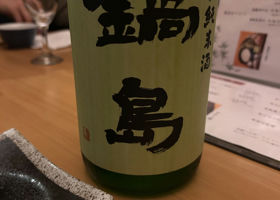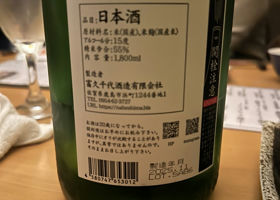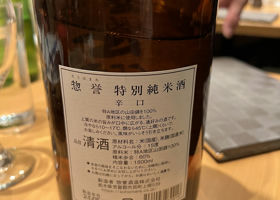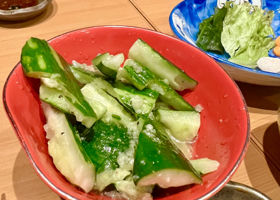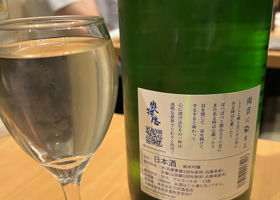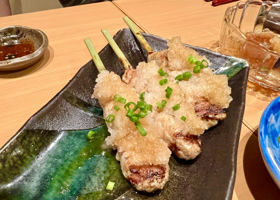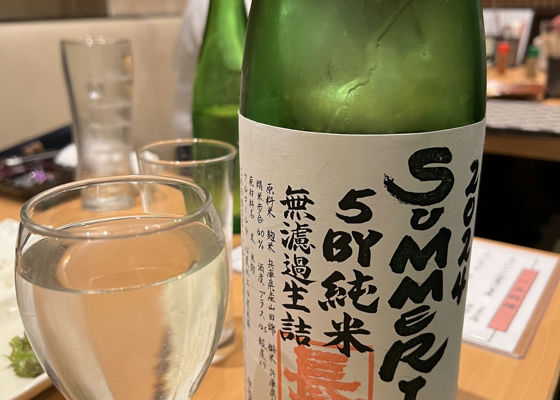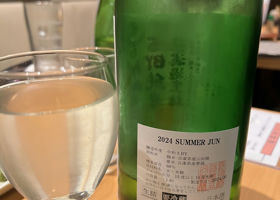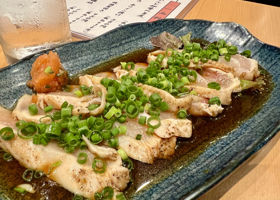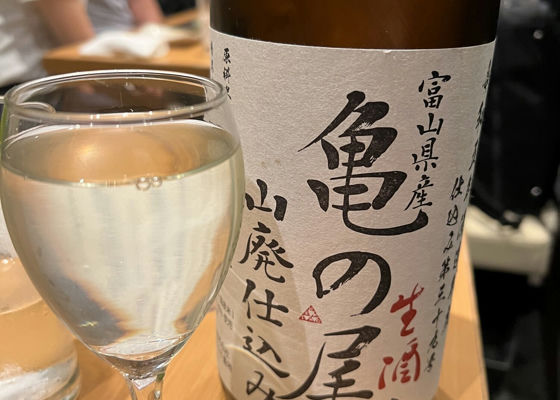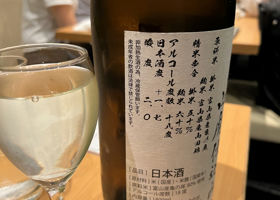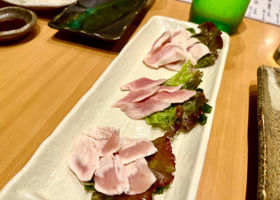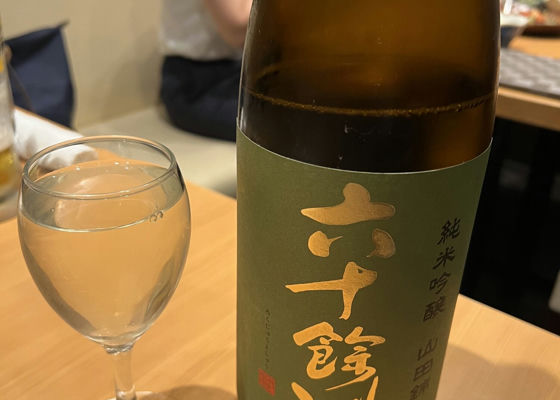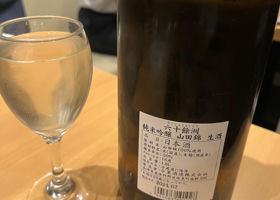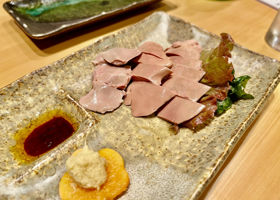Timeline
じゅんさんThe last one is Sohyo, hot sake.
The aroma and umami are enhanced by the warming.
The taste is quite strong. Thank you for your continued support.
Ingredients: Rice (domestic), Rice malt (domestic)
Raw material rice: Yamadanishiki produced in special A district in Hyogo Prefecture
Polishing ratio 60
Alcohol percentage 15 じゅんさんOkuharima. It is crisp and dry, but the low alcohol content makes it easy to enjoy. It is a clear Junmai.
Ingredients: Rice (Hyogo Yume-Nishiki: produced in Yasutomi Town, Hyogo Prefecture), Rice malted rice (Yamadanishiki: produced in Hyogo Prefecture)
Rice polishing ratio 55
Alcohol percentage 13.7
Sake degree +13.2
Acidity 2
Amino acidity 1.1 じゅんさんThis is a summer limited edition sake from Chochin Shuzo. It is clear, dry, and refreshing. Good as a food sake.
Serve with Gundori chicken tataki.
Ingredients
Koji rice: Yamadanishiki produced in Hyogo Prefecture
Kake rice: Yume-Nishiki produced in Hyogo Prefecture
Rice polishing ratio 60
Alcohol 15-16%. じゅんさんNext, a three-piece sashimi platter containing a breast, thigh, and white meat of a gamecock.
The sake to be paired with this dish was Toyama's San-Shoraku, Yamahai unfiltered unpasteurized sake.
Rice used: Koji rice: Yamadanishiki produced in Toyama Prefecture, Kake rice: Kame-no-o produced in Toyama Prefecture
Polishing ratio: Koji rice: 60%, Kake rice: 50%.
Alcohol 18%.
Sake meter degree +1.7
Acidity 2.0 じゅんさんToday, I went to a new restaurant, Gun Chicken Ichi-Yotsuya, for a drink with my long-time business associates.
After beer, we tried a brand we had never had before.
The first glass was a glass of Nagasaki's Imazato Shuzo's Rokujyosu.
Since it was a draft sake, it was fresh, with a good balance of acidity and umami, and had a sweetness that I liked!
With tamashamo toro reba sashimi
Rice used: 100% Yamadanishiki
Rice polishing ratio: 50
Alcohol percentage: 16
Yeast used: No. 9 series RecommendedContentsSectionView.title
